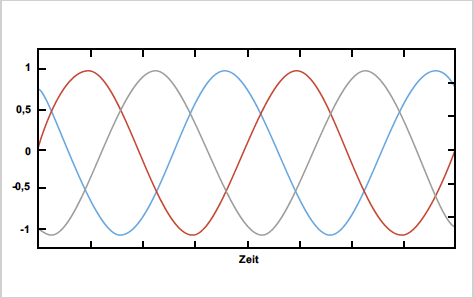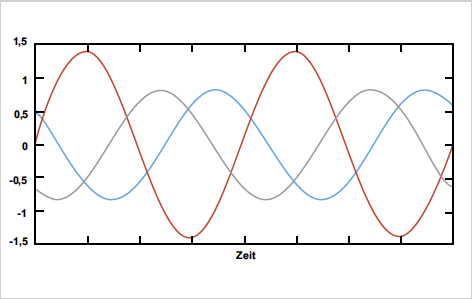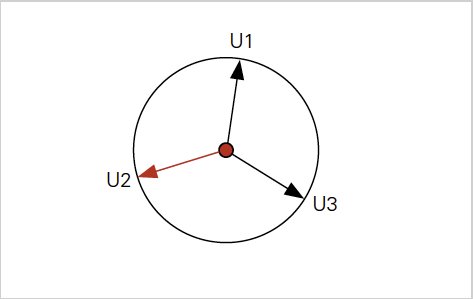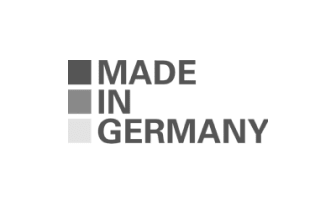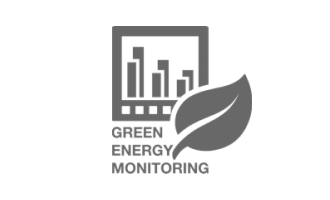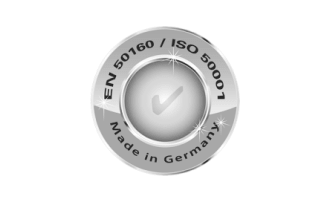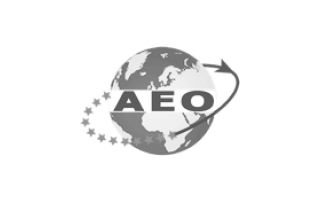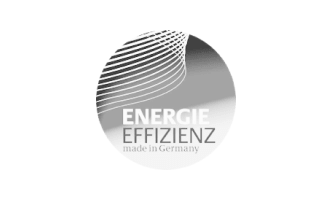In high- and medium-voltage power grids, loads are generally three-phase and symmetrical, but large one- or two-phase loads may exist (e.g., mains frequency induction furnaces, resistance furnaces, etc.). In the low-voltage network, electrical loads are frequently single-phase (e.g., PCs, consumer electronics, lighting systems, etc.), and their associated load current circuits should be distributed as evenly as possible within the electrical wiring on the three-phase conductors. Depending on the symmetry of the single-phase loads, the network operates on a balanced or unbalanced basis.
The acceptable degree of voltage imbalance in stationary operation induced by all mains loads is defined as ≤ 2%. For individual load systems, the resultant degree of imbalance is limited to = 0.7%, when an average over 10 minutes must be measured.
